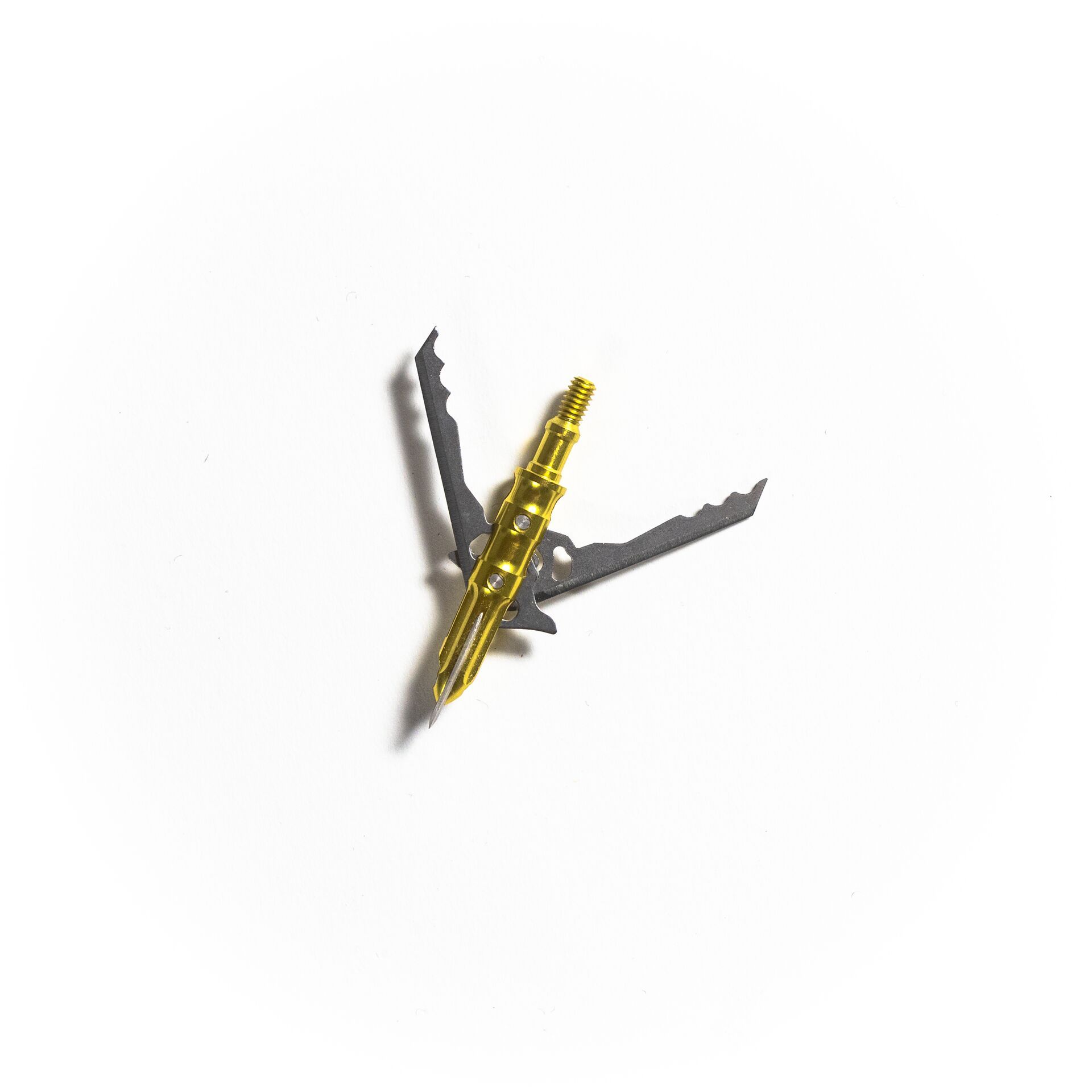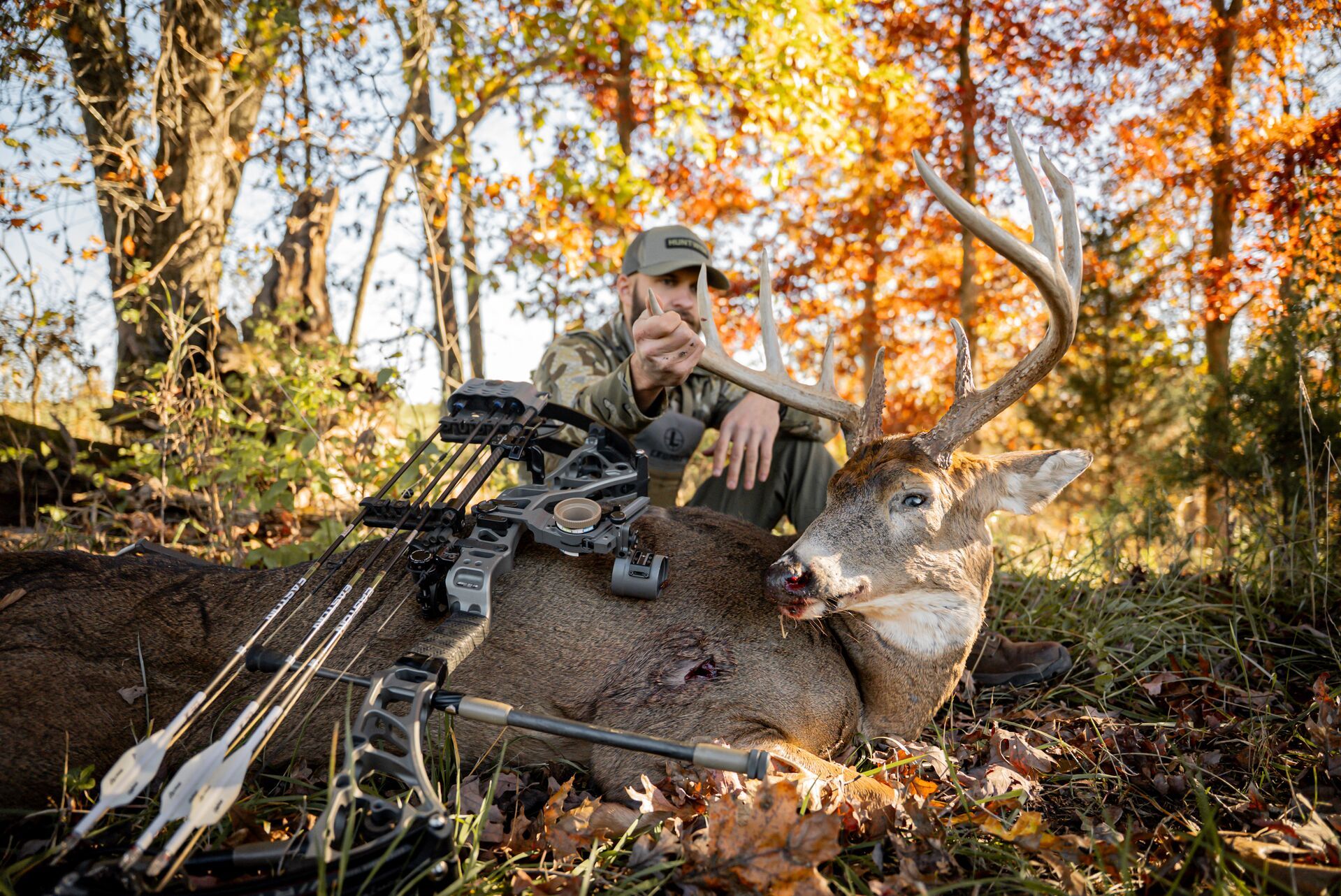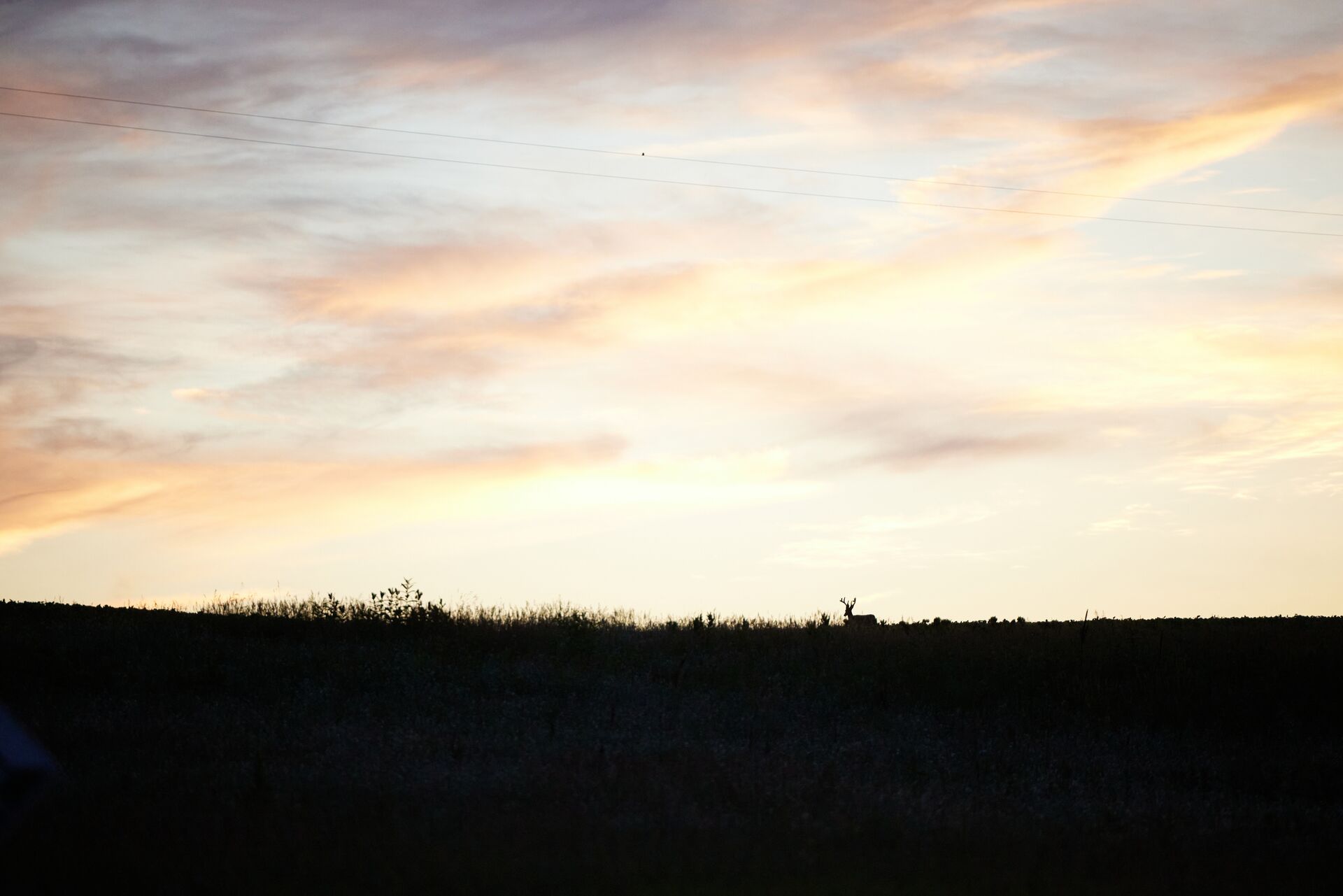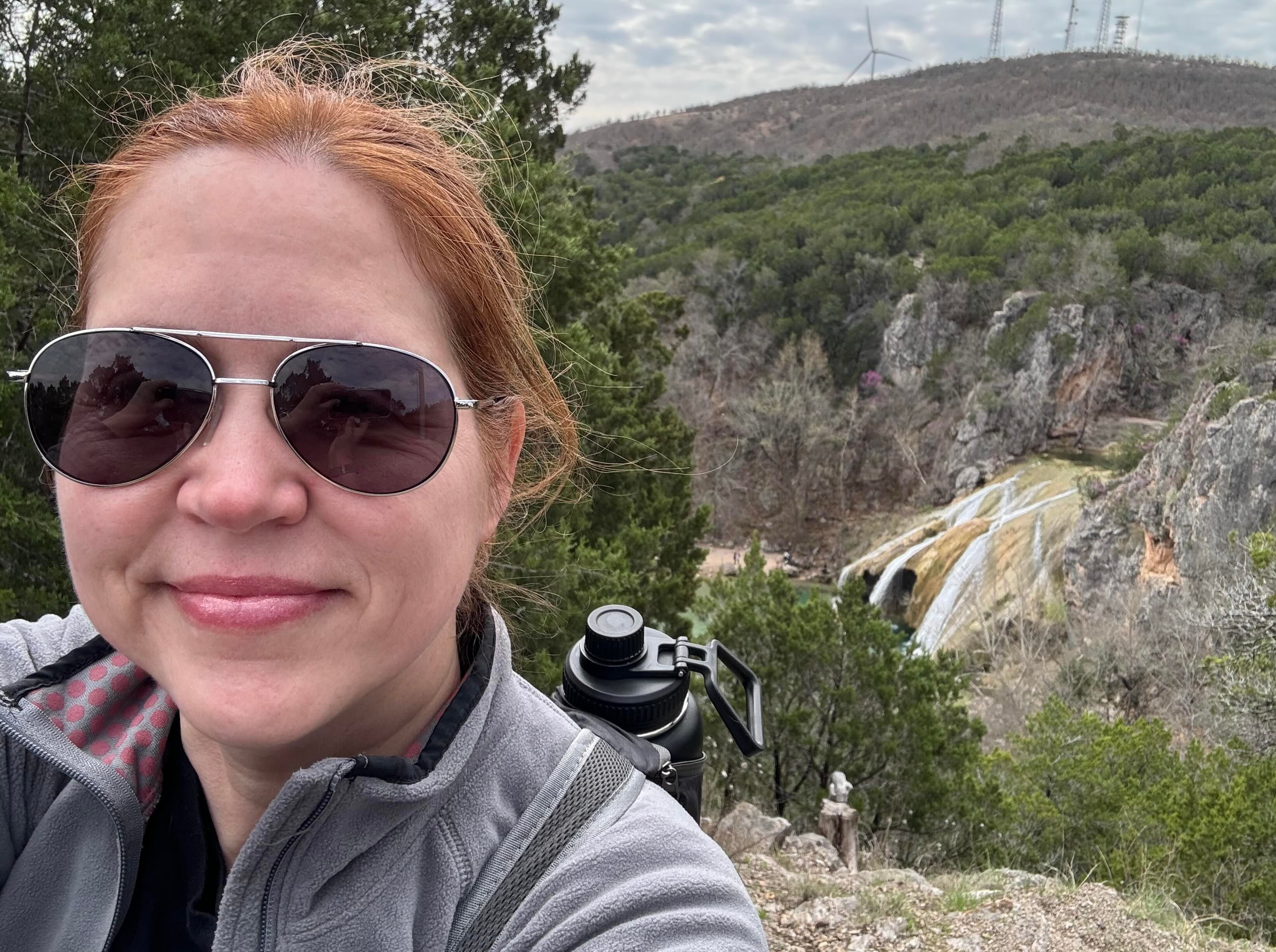Field Guide / Bowhunting
Should You Try Bowhunting Turkey?
Wild turkeys see in full color, have telescopic vision, have delicious meat, and often eagerly respond to calling. Wild turkeys are the largest of North America’s game birds, exciting to bowhunt, and can be pursued in spring, coinciding with their breeding season.
Previous in Bowhunting
More Content Like This

What is a Broadhead (and How to Choose One)
Arrows may only fly as well as they are straight, but they definitely are only as deadly as the business end is sharp. Read More
Read More
A Guide to Bow Care After the Hunting Season
When archery season comes to an end, it's time to consider crucial post-season maintenance for your equipment. Bow care after the season can go a long way in maintaining the longevity of your gear. Read More
Read More
What Is a Sling Bow (and How Do You Use One)
Have you used one? There's a lesser-known bow — the sling bow — a hunting tool that combines elements of a slingshot and a traditional bow.Read More
Read More Bowhunting
BowhuntingWhat is a Broadhead (and How to Choose One)
Arrows may only fly as well as they are straight, but they definitely are only as deadly as the business end is sharp. Read More
Read More Bowhunting
BowhuntingA Guide to Bow Care After the Hunting Season
When archery season comes to an end, it's time to consider crucial post-season maintenance for your equipment. Bow care after the season can go a long way in maintaining the longevity of your gear. Read More
Read More Bowhunting
BowhuntingWhat Is a Sling Bow (and How Do You Use One)
Have you used one? There's a lesser-known bow — the sling bow — a hunting tool that combines elements of a slingshot and a traditional bow.Read More
Read More
1 of 3
